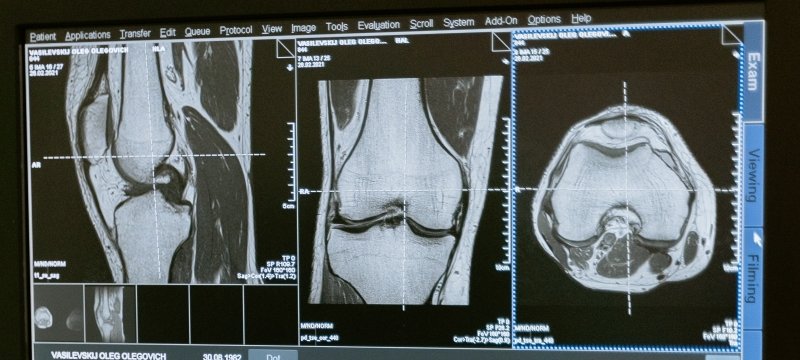Imaging and Image Processing
Improve medical diagnostics and therapeutics through biomedical imaging.
Study principles and applications of medical imaging systems and medical image processing techniques. Understand the propagation of radiation in the human body. Gain an appreciation of the design, development, and application of imaging devices for biomedicine. Completion of the requirements for this certification indicates specialization in medical imaging. The average salary for medical imaging jobs varies by position, such as $73,001 per year for a diagnostic medical sonographer, according to Payscale.com in April 2025.
Curriculum
Progress quickly with a compact curriculum.
Work with the program advisor to check your pre-requisite skills.
Required Courses
Take 10 credits.
The 1 credit project may take on various forms depending upon the needs and interests of the student. This is not a thesis. Examples of projects may include literature reviews, participation in a research project, or a work-related project that the student needs to complete at their place of employment.
Sample Plan
The minimum completion time is two semesters.
Here is a typical schedule.
| Fall | Spring |
|---|---|
| BE 5870 BE 5900 |
BE 5410 BE 5250 |
Graduate Learning Outcomes
Upon completion of the Certificate the student should be able to:
- Explain and apply the fundamental imaging requirements in biomedical applications.
- Apply engineering and physics principles to specific biomedical imaging problems.
- Apply knowledge of imaging device development and theory of operation to designing medical imaging tools
